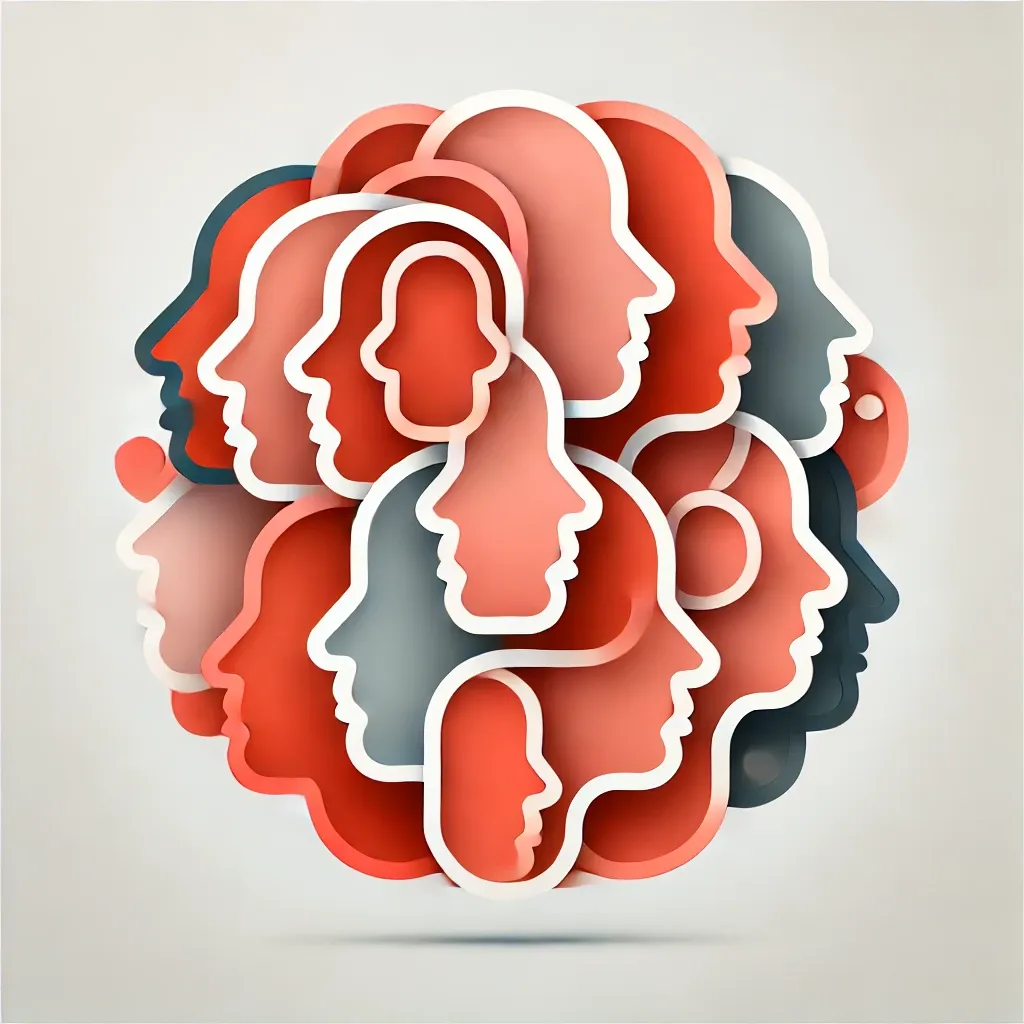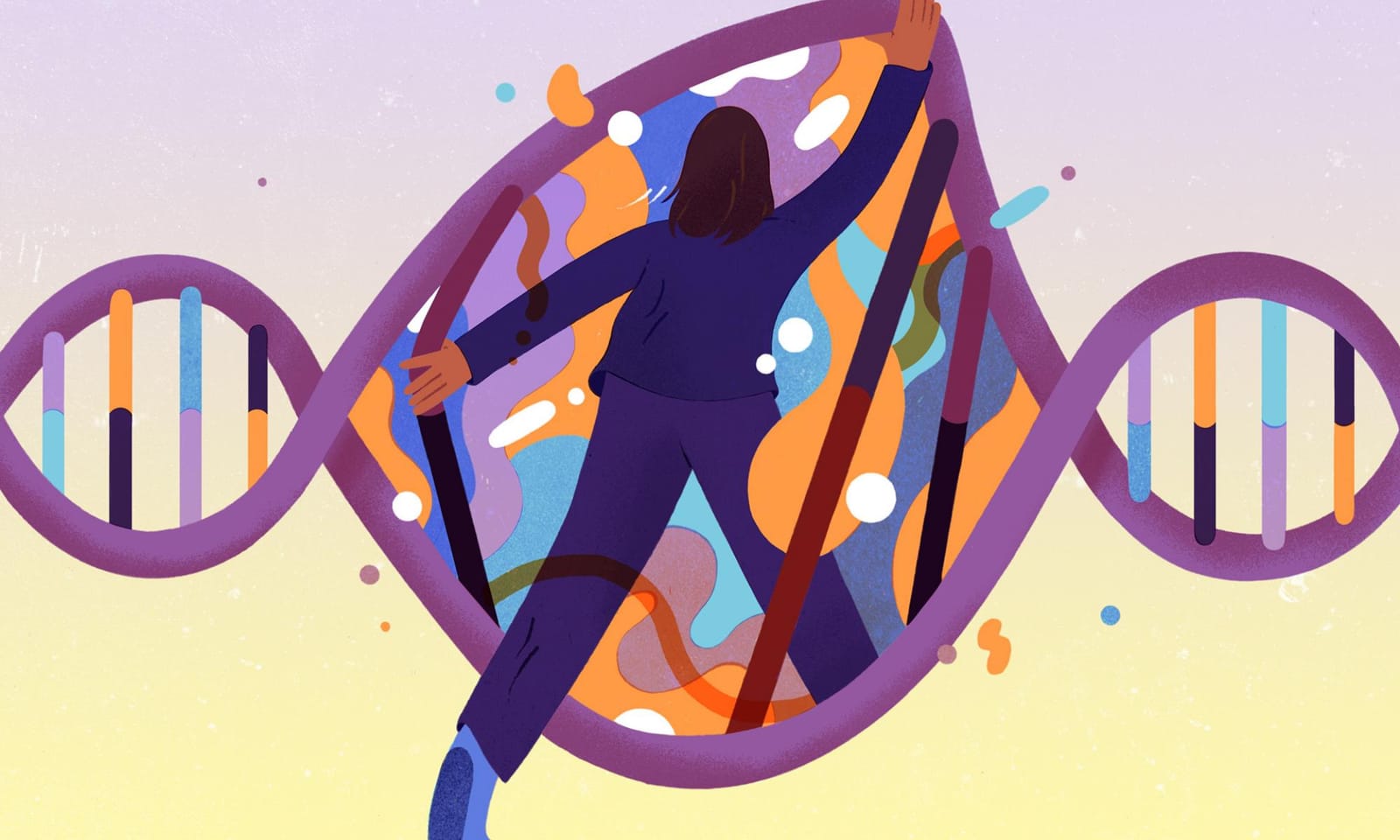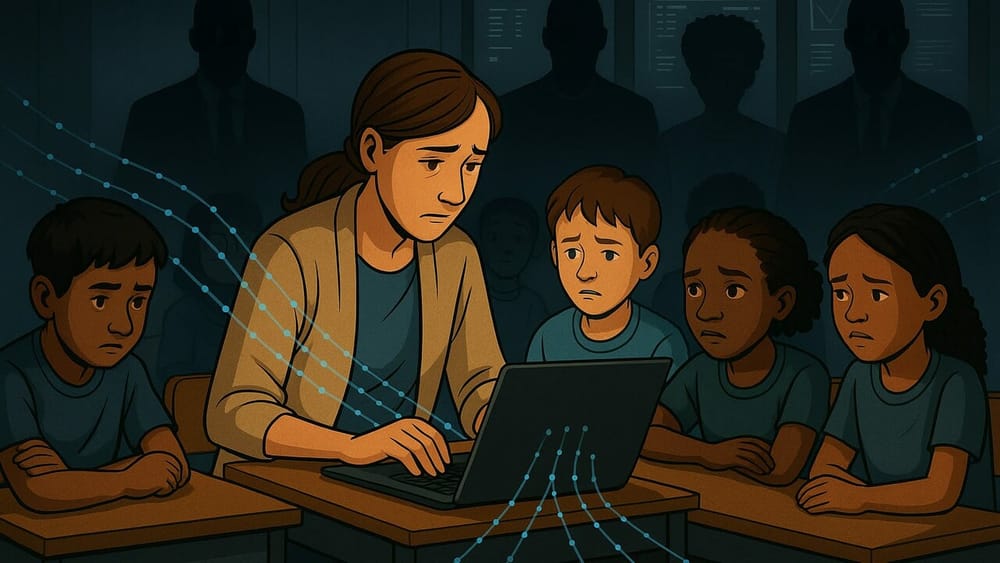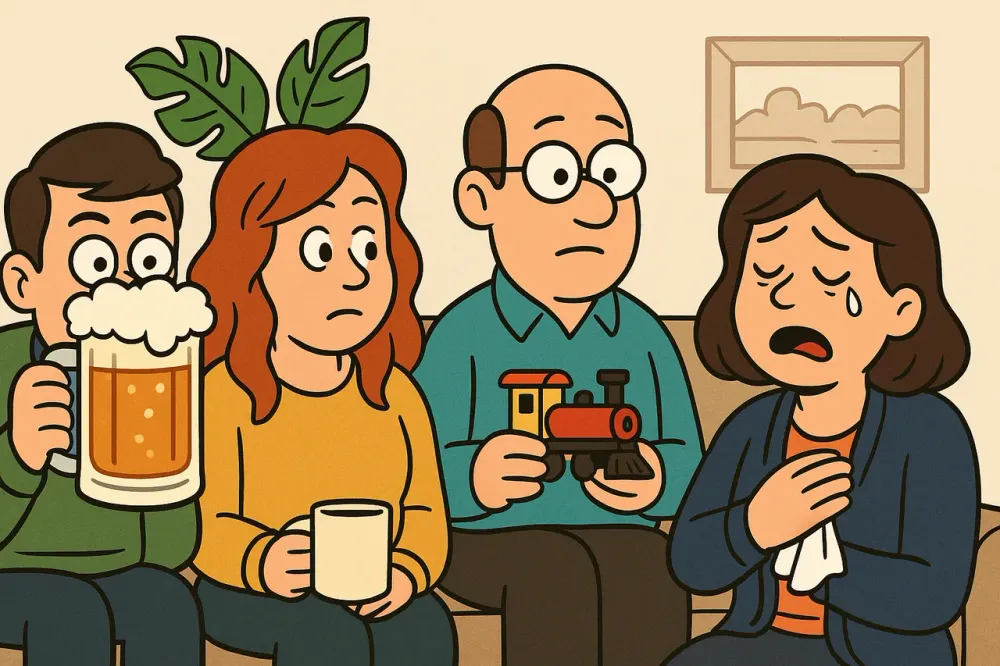Such a data-heavy science does not seem like a natural crossover star. The consumer market can be cut-throat after all. But the power that abounds when human beings are promised better knowledge of themselves and of their future—especially for less than a hundred bucks—is undeniable.
Giants of the industry, like Ancestry and 23andMe, offer deals to “discover where your family is from” and to “dig deeper into your ancestry.” The most basic kits promise to return a rundown on customers’ traits and genetic heritage for only 99 USD, with more premium packages including health insights or an exploration of the personal traits your genetic code might influence. Some companies have even gone so far as to provide DNA testing services for your pets—in fact, US-based company Embark specialises in it, offering kits to determine the breed details and genetic health of your canine. The language on these sites is broad and promising, but some experts warn that with mass consumption comes mass misunderstanding, not only of the genetic data itself but also of what these companies can do with it once it is offered up.
Let’s begin with a little “Genetics 101” in order to understand how something as complicated as the human genome could be easily packaged into a product now commonplace as a novelty gift.
It is vital to understand that these direct-to-consumer kits are not sequencing (reading and analysing in entirety) a person’s complete genome. This, of course, makes sense as 99.9 percent of a person’s genome will resemble that of every other human being. The difference in our genetic code lies in that 0.1 percent—the portion of our DNA that mixes up nitrogenous base pairings, scrambling the basic four building blocks of our genetic code, creating single nucleotide polymorphisms or SNPs (the most common type of genetic variation among people). Not all SNPs have a known effect, but every noticeable difference between one person and another is coded for somewhere in that 0.1 percent.
That’s also the 0.1 percent that companies like 23andMe use to produce their “pie chart” which might give a figure like “76 percent Eastern European.” Intuitively, that might seem to be saying “76 percent of your DNA indicates you are Eastern European.” In a short video for Vox, Wendy Roth, an associate professor of sociology at the University of British Columbia explains that what the pie chart is actually saying is that your data has a 76 percent ‘percentage resemblance’ to the reference population in their database that hails from that portion of the world. The companies use the documented frequencies of certain SNPs in certain modern populations to assign your heritage. There’s a problem with this though; Roth explains: “Lots of markers are found in multiple populations in the world. Let’s say that a particular marker is found in the South Asian population, 30 percent of the time there’s still a possibility that when you inherited this marker, you got it not from somebody who was South Asian but from somebody who was in some completely different group that also happened to have that marker.” Rather than a hard figure, Roth asserts it is more appropriate to characterise those percentages as probabilities with a margin of error, depending as well on the size of the database a certain company is using.
DNA testing as an issue of privacy
The accuracy of the tests should be the least of your concerns, argues Peter Pitts, a former associate FDA commissioner and a co-founder of the Center for Medicine in the Public Interest, a non-profit aimed at developing patient-centred healthcare. Pitts has been an outspoken voice in the medical community on what he sees as the major privacy concerns involved in submitting one of these kits for analysis. The danger, Pitts says, is in the failure of these companies to adequately inform consumers that once the organisation has access to a person’s genetic data, they often resell that data, no longer attached to a name, to biotech or medical companies who use it for drug development. Though Pitts sees the use of genetic history to enhance treatment as a net positive, he argues that the transparency in the system is sorely lacking.
“We have to make sure that it’s done properly and that people will recognise what they’re doing when they’re allowing third-party entities to collect and sell their personal genetic data,” Pitts tells me in a phone interview. “We freak out when we think somebody might have our social security card number. Having somebody have access to your genetic information is even more dangerous because they can pretend that they’re you on a genetic level.”
Most people who buy a genetic testing kit figure that the direct-to-consumer relationship is the primary driver of that company’s sales, Pitts asserts, but in actuality it’s more of a side-business. “They are not primarily consumer goods companies,” he says. “Their primary business is not doing commerce with one-off individuals; their major business is selling and packaging volumes of data.” Is there any real harm in that though? All these privacy stipulations can be found in the fine print, though it should be acknowledged how rare it is for an average buyer to read the entirety of a ‘terms and conditions’ rider. Is it so bad though for your genetic code to be floating out there? It is anonymous after all.
Yes, it is so bad, Pitts argues, for a number of reasons, one being that it’s not 100 percent anonymous. Though the original company may have a strong anti-hacking framework, as the data passes from one company to the next in a sale—“changes residences,” as Pitts says—the level of security shifts. He uses the example of the call we’re on and how even if he had a strong security system, if he asked his brother in California to join the call suddenly, the original security system is irrelevant because a third party has entered the equation. “The problem is you can’t stipulate to a company you do business with ‘You have to spend 10 million USD upgrading your firewall.’ I doubt that’s part of a contractual agreement,” Pitts explains.
So worst-case scenario: someone matches you with your DNA—if you aren’t a public figure or someone who’s left traces at a crime scene, how does that really threaten you? Why would that information be of interest? The threat, Pitts says, is in the fact that your biology can now be used against you—and as these kits proliferate and DNA sequencing becomes more mainstream, it is not, he asserts, preposterous to assume that kind of data will be deemed relevant for average individuals. “If you’re applying for a job and it’s you against somebody else, and you’re more or less equally qualified but the other person is more prone to developing a serious disease, that might be expensive for a company’s health insurance plan—should that be used?” Pitts prompts.
“Most people, I think, aren’t thinking about it at all,” he says. “They’re simply viewing it as a cool bit of information to talk about with their friends, and they don’t understand the ramifications [it can have on] getting accepted to colleges, getting jobs, running for public office, dating."
Though it may be at least a number of years before you log onto Tinder and are prompted to provide your DNA sequence along with sexual preference, Pitts says it’s still important for consumers to understand what they’re getting into. Handing over your genetic data to one of these companies connects not just you but all of your relatives to the system as well.
“If you want to find out your personal genetic history, that could be used against a cousin or an uncle, because that’s the way genomics works,” Pitts says. “If your genetic data is in a database and the police find a DNA sample, if it was your cousin, they’ll find you and hopefully they’ll find your cousin through you.”
The method is in fact what law enforcement used in 2018 to finally catch the infamous Golden State Killer. Of course, solving crimes and developing medication are two positive outcomes to result from the use of genetic data but Pitts argues that if these companies are going to use your data, they should provide financial compensation so it’s a fair deal. “This is very serious stuff,” Pitts says, clarifying his position, “and if we want more people to participate in sharing their data, you have to be open and honest about what it’s being used for and [the fact] that people are making money off of it and that this is not in any way an altruistic proposition.”
Can DNA tests stand in as doctor?
Pitts is joined in his scepticism by Professor David Curtis, who studies Genetics, Evolution and Environment at the University College London. Professor Curtis is focused more on debunking what he sees as the falsely claimed medical advantages of participating in one of these tests. The tests generally look for the presence of certain genetic markers to determine risk for certain health issues and their accuracy in finding the markers is fairly high. The main issue, Curtis says, is the way the results are framed. “What is accurate is estimating the probability,” he explains. “What is not accurate at all is saying whether you will get the disease or not.”
Curtis uses the analogy of a coin toss to explain the data that these tests return to consumers. You can tell someone that the estimate of heads versus tails is 50/50, he explains, but that really gives very little information about whether you will get a heads or a tails. Now transpose that philosophy onto the chances of getting a heart attack—the stakes are much higher.
“Most importantly, the genetic test adds almost nothing to what you know your risk is,” Curtis says, adding that he would have less of an issue if the tests educated consumers about what their general risk was for a certain condition prior to giving them results. Say the chances you might develop a specific illness based on age was naturally around 12 percent and after the specific findings of the test were factored in, it was raised to just 12.5 percent—that reporting, Curtis argues, would trigger a good deal less hysteria. Instead, when these kits hand back figures indicating that a consumer is at “higher” or “lower” risk for any one condition, they delude the patient, he says. “The difference between the top 10 and the bottom 10 percentiles might be the difference between 11 percent and 12 percent,” Curtis explains, “so your risk has hardly changed, but you know, you hear you’re high-risk and you can’t get that language out of your head.”
There are rare cases in which certain genotypes—like the BRCA1 mutation which is a good indicator for a person’s likelihood of developing cancer—can give a more definitive answer on a person’s health future, Curtis explains. However, these mutations are so rare, he says, that the likelihood of the test genotyping it wrong is higher than the risk of having the mutation. In those cases, it is better to visit a clinical setting to have your DNA examined, Curtis argues.
Beyond those strict medical tests, Curtis says the idea that these kits can be used to guide lifestyle or exercise and food choices is “just nonsense.” Asked about whether there is a net positive to the spike in usage of these direct-to-consumer tests, Curtis responds in the negative, saying “Medically, I think it’s junk science essentially.”
There is the immediate problem of causing health anxieties in people, he further explains, and then the secondary problem that as the public comes to discover that the scientific reasoning may be flawed, they will distrust the field in general. “We’re trying to persuade everybody to get vaccinated against COVID-19,” Curtis says, “and it’s really unhelpful if scientists and scientific organisations, mis-sell science to the general public.”
He also takes issue with the idea that the rise in these tests is inherently consumer-driven. “Is it consumer-driven or has it been sold to the consumers?” he asks. "I would say it isn’t consumer-driven. I’d say it was commerce-driven. It wasn’t meeting an unmet need; it was creating a market.”
Genetic results as identity evidence
Both Curtis and Pitts tread lightly when talking about the idea of identifying oneself culturally, ethnically or racially based on results from one of these tests. Curtis in particular frames it around the question: what does it matter? “It’s not like you’ve got something kind of hidden in your genome that should privilege you,” he explains, adding that if a law has been drafted to give people who have historically been disadvantaged a leg up, it’s not really something that should be doled out based on the score of someone’s DNA test.
Pitts was more or less in agreement with this, calling identity a cultural rather than a scientific concept. “I guess it depends how we as a society, how we choose to identify people,” he says, noting that one’s right to define as a member of any certain group can easily hit a wall of ethnic appropriation if it is based too heavily on percentage points rather than lived experience.
A flurry of articles and books have been written about this—especially in the wake of a blunder widely considered insensitive by US presidential hopeful Elizabeth Warren who released DNA results to prove her Native American heritage. An overarching narrative has emerged that it is a dangerous kind of arithmetic to participate in, portioning off the human genome as evidence for an individual’s racial or ethnic identity. Professor Roth cautions in her Vox interview that a conversation about identity rooted in this kind of ‘math’ can cause more harm than good, saying, “It makes us feel that there are very stark and clear biological differences between races.”
As biotechnology continues to diffuse itself into items of popular consumption, it remains important to take the view of an informed buyer—to know not only the accuracy of the results received from one of these tests but also the price you paid for them and the legitimacy of any claim you might make based on those findings.







